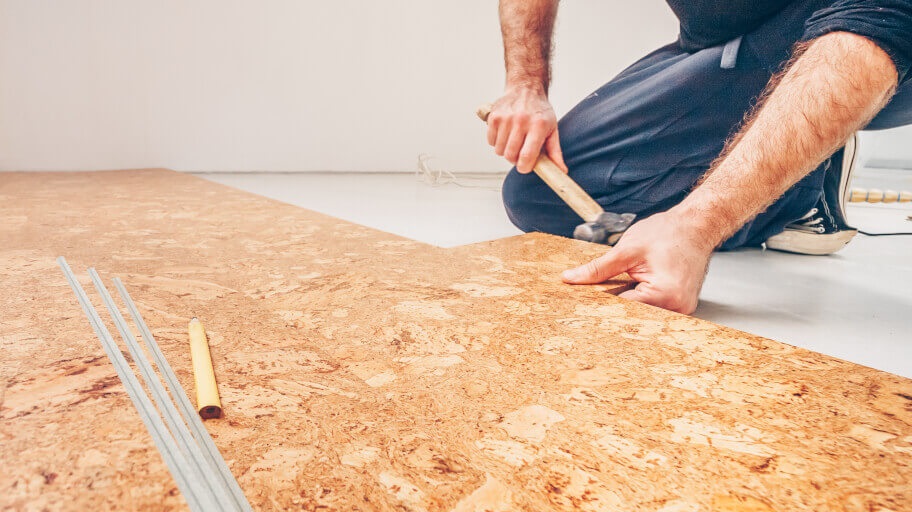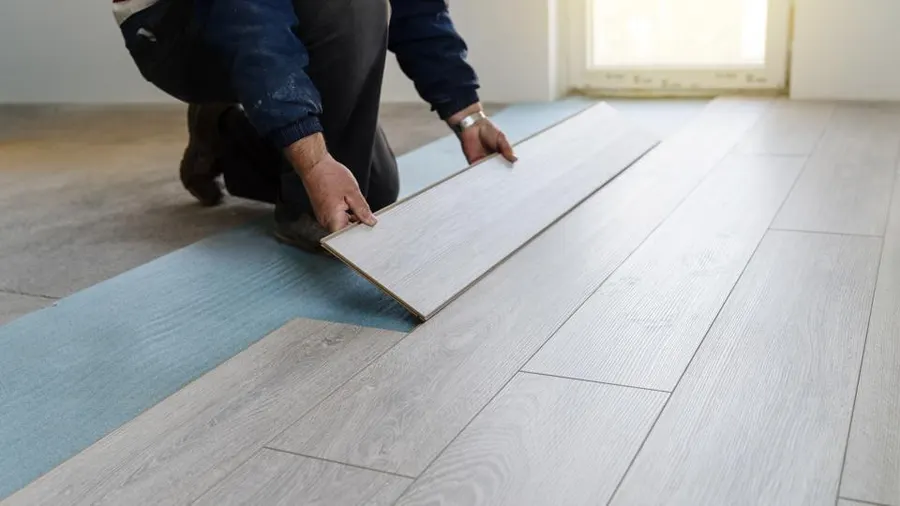Cork flooring is a remarkable and sustainable choice that brings warmth and comfort to any space. Its natural resilience and beauty make it a favorite among environmentally conscious homeowners. However, like any natural product, cork flooring requires specific care practices to maintain its beauty and functionality over time. Here, we explore how to keep your cork floors looking pristine with some simple yet effective maintenance tips.
Understanding Cork’s Unique Qualities
Firstly, appreciating the natural characteristics of cork can help you understand the care it requires. Cork is inherently resistant to molds, mildew, and termites due to suberin, a waxy substance found in cork. It’s also notably fire-resistant. Despite these durable properties, cork is a softer material compared to traditional hardwood, which means it can sustain scratches and indentations if not properly maintained.
Regular Cleaning Hacks
Keeping cork floors clean is straightforward and doesn’t require strong chemical cleaners. In fact, harsh soaps can strip away the natural oils of the cork, leading to dryness and potential cracking.
Daily Sweeping:
Use a soft broom or a vacuum with a hardwood floor attachment to remove dirt and grit. These particles can act as abrasives and wear down the finish of cork flooring over time.
Weekly Damp Mopping:
A slightly damp mop can be effective for weekly cleaning. Use just a small amount of mild detergent or a natural cleaning solution diluted in water. Make sure the mop is well-wrung to avoid pooling water on the surface.
Dealing with Spills and Stains
Cork does have a natural resilience to moisture; however, like any wood product, prolonged exposure to liquids can cause damage.
Immediate Response:
Spills should be wiped up immediately with a soft cloth. For tougher stains, a mixture of mild soap and water can be used sparingly to dab at the stain until it lifts.
Avoid Abrasives:
Never use abrasive cleaners or scrubbers on cork floors, as they can leave permanent marks and scratches.
Protecting Against Scratches and Dents
Although cork is cushiony and comfortable underfoot, its softer nature makes it susceptible to indentations from heavy furniture or punctures from sharp objects.
Use Protective Pads:
Place felt pads under the legs of furniture to distribute the weight evenly and prevent impressions. For extremely heavy items, use wide, non-staining caster cups.
Rugs and Mats:
Strategically place mats at entrances and rugs in high-traffic areas to minimize the wear from foot traffic. Ensure these are breathable and made from natural fibers to prevent moisture from getting trapped underneath.
Periodic Sealing
Depending on the type of cork flooring and the level of traffic, you might need to reseal the floor every few years.
Sealing Refresh:
Check with your flooring manufacturer for specific recommendations on the type of sealant to use. A fresh topcoat of polyurethane or wax can restore the sheen of the floor and provide an additional protective layer.
Conclusion
Cork flooring combines beauty, comfort, and sustainability, making it an excellent choice for those who value eco-friendly and practical solutions. By following these simple care tips, you can ensure that your cork floors remain vibrant and enduring. Remember, the key to maintaining any natural material lies in understanding its unique properties and treating it with the appropriate care.




